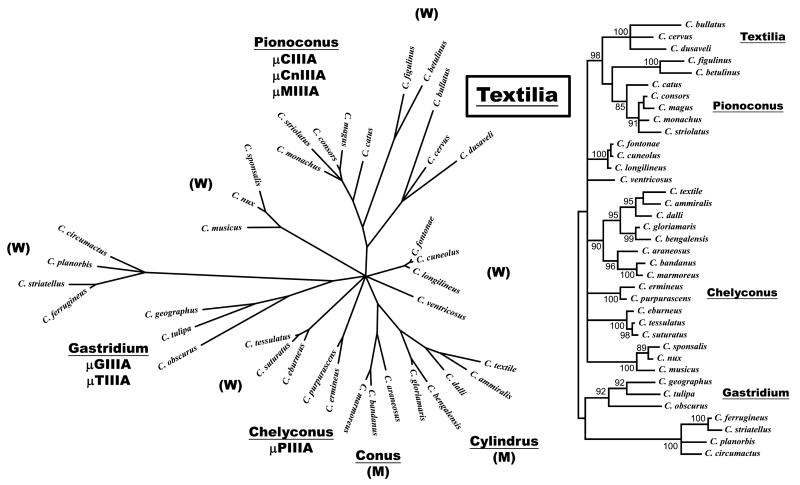Figure 1. Phylogenetic tree of Conus. The phylogenetic tree was constructed based on 16S mitochondrial DNA sequences as described in Materials and Methods.
Not all clades of Conus are shown; however, all lineages with previously characterized μ-conotoxins are indicated, including the Gastridium, Chelyconus and Pionoconus clades. μ-Conotoxins from the species shown in the phylogenetic tree are indicated below the name of the clade. Three species not previously included in an analysis of the molecular phylogeny of Conus, C. bullatus, C. cervus and C. dusaveli, form a distinct branch defining the Textilia clade. There are two clades that comprise all known mollusk-hunting species, the subgenera Conus and Cylindrus, and their branches are labeled “(M)”. The branches labeled “(W)” are various worm-hunting clades, the taxonomic status of these is presently being evaluated by A. Kohn and co-workers. The same tree is shown on the right, but with confidence values above 80% indicated; note that the four clades that are labeled are all branches on the tree with high confidence values.

